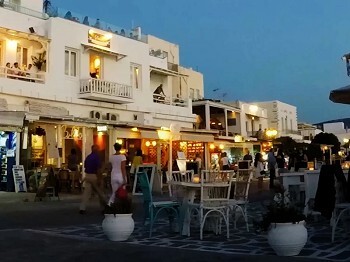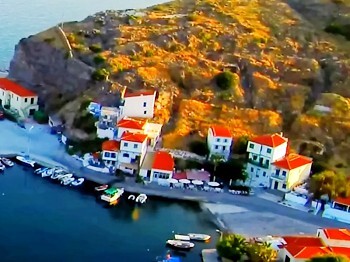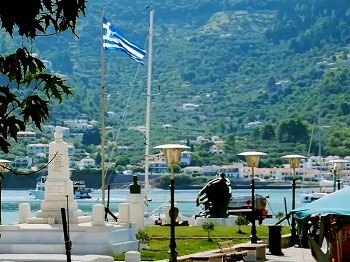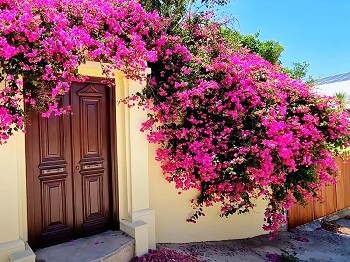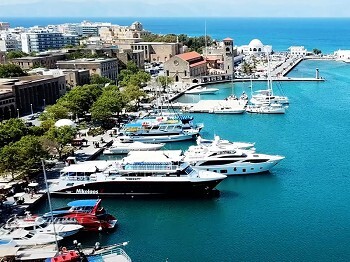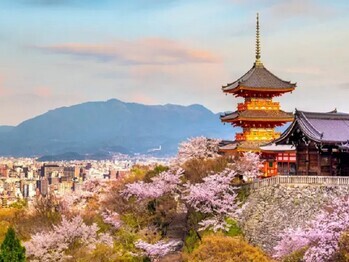Corfu
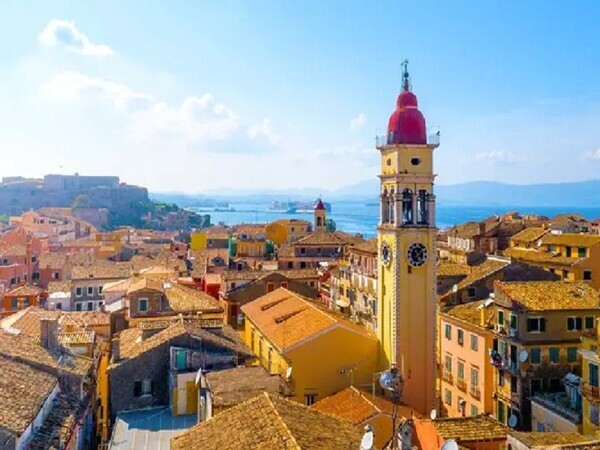
Corfu boasts a rich tapestry of cultural influences, shaped over centuries by the Venetians, British, French, and Greeks. This amalgamation has bestowed upon the island a distinctive identity that stands apart within Greece.
The Old Town of Corfu

Corfu’s Old Town, designated as a UNESCO World Heritage Site, captivates with its exquisite Venetian architecture, labyrinthine cobblestone streets, and historic landmarks. It remains a remarkable testament to the island's enduring past.
St. Spyridon: Icon of Corfu

Central to Corfu’s cultural fabric is St. Spyridon, revered as the island’s patron saint. His preserved remains lie in a silver sarcophagus at St. Spyridon Church, where locals honor his legacy with a vibrant annual procession and festivities.
The Olive Capital of Greece
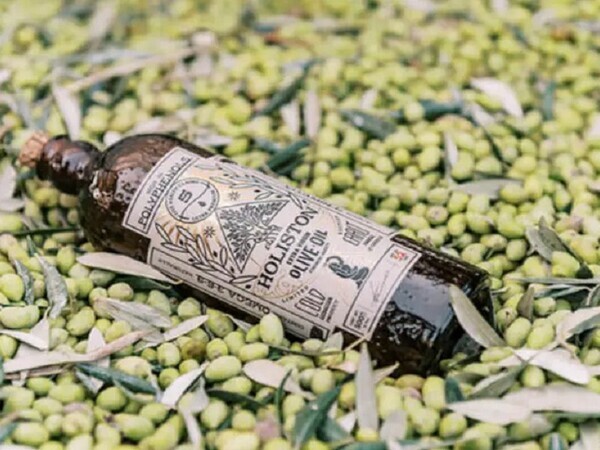
Renowned for its expansive olive groves, Corfu proudly holds the title of Greece’s olive capital. Amongst its verdant landscapes thrive ancient olive trees that yield some of the country's finest olive oils.
Achilleion Palace: Sisi’s Ode to Greece
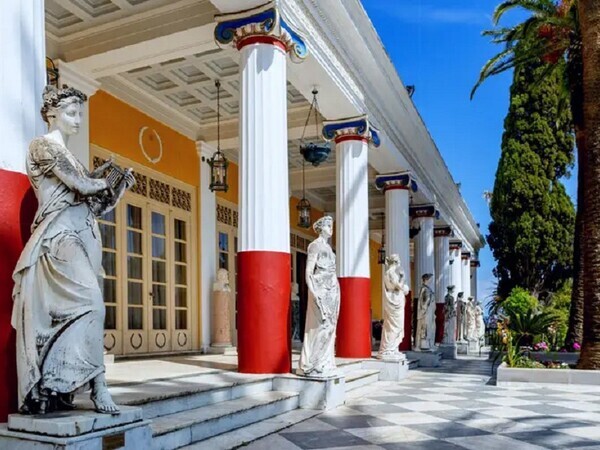
Perched gracefully on the island, Achilleion Palace was a cherished retreat for Empress Elisabeth of Austria, known as Sisi. Embodying her fascination with Greek mythology, the palace’s grandeur and scenic gardens reflect her profound admiration, particularly for Achilles.
Vlacherna Monastery and Pontikonisi
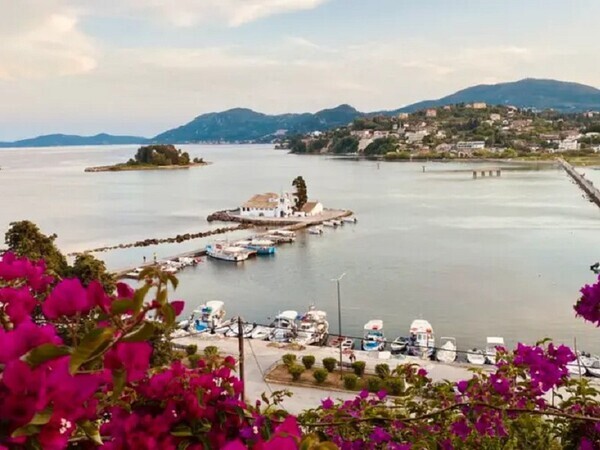
The iconic Vlacherna Monastery, situated on a small islet linked by a narrow causeway, remains one of Corfu’s most recognizable landmarks. Nearby lies Pontikonisi, or Mouse Island, adorned with a quaint chapel and stunning natural vistas.
Exquisite Culinary Delights
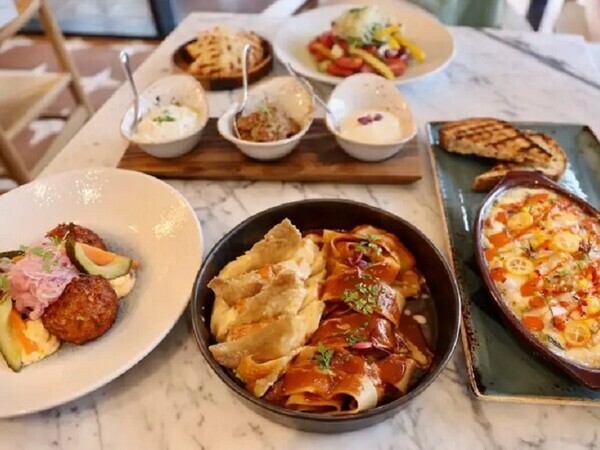
Corfu’s culinary scene stands distinct within Greece, influenced notably by Italian and Venetian traditions. Indulge in pastitsada, a savory pasta dish with a luscious tomato sauce, or savor sofrito, a delectable veal stew enriched with white wine and garlic.


